Nestled where the mighty Po River meets the Adriatic Sea, the Po Delta Park is truly a magical place. This extraordinary ecosystem blends land and water in a dance that has unfolded over centuries, creating a landscape that feels both ancient and alive. The Po Delta represents one of Europe’s most valuable ecological treasures. Here, the boundaries between earth and water blur to support an incredible array of wildlife, especially birds like cormorants, Mediterranean gulls, and common terns that return each year to nest.
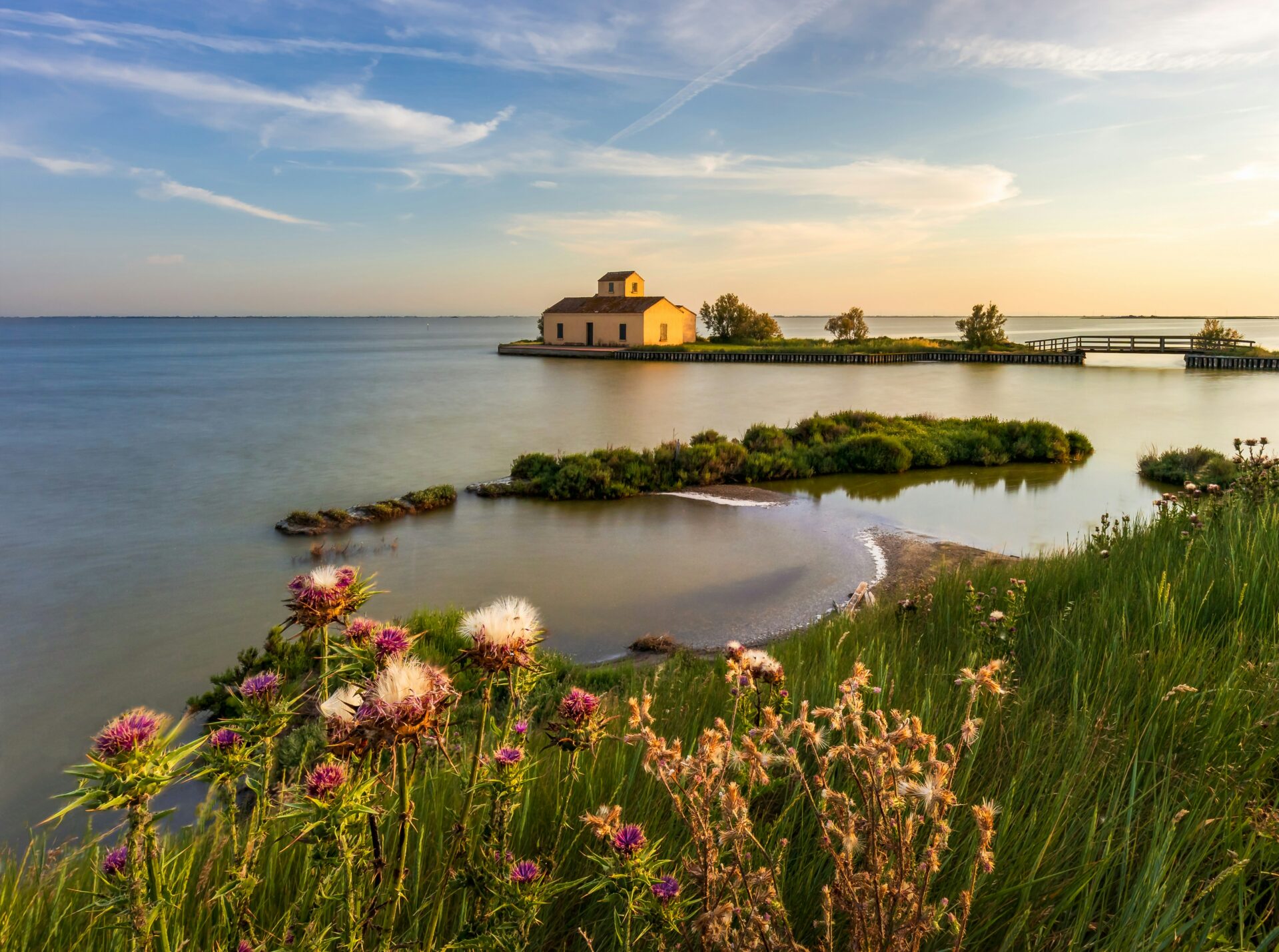
When I first explored the Delta’s winding waterways and lagoons, I was struck by how this “amphibious” region seems to exist in its own category – neither fully land nor completely sea. Recognized as a UNESCO World Heritage Site in 2015, the area spans nine communes in Rovigo province and preserves a pristine environment where nature reigns supreme. The shifting patterns of water have shaped not just the physical landscape but also the cultural identity of the region.
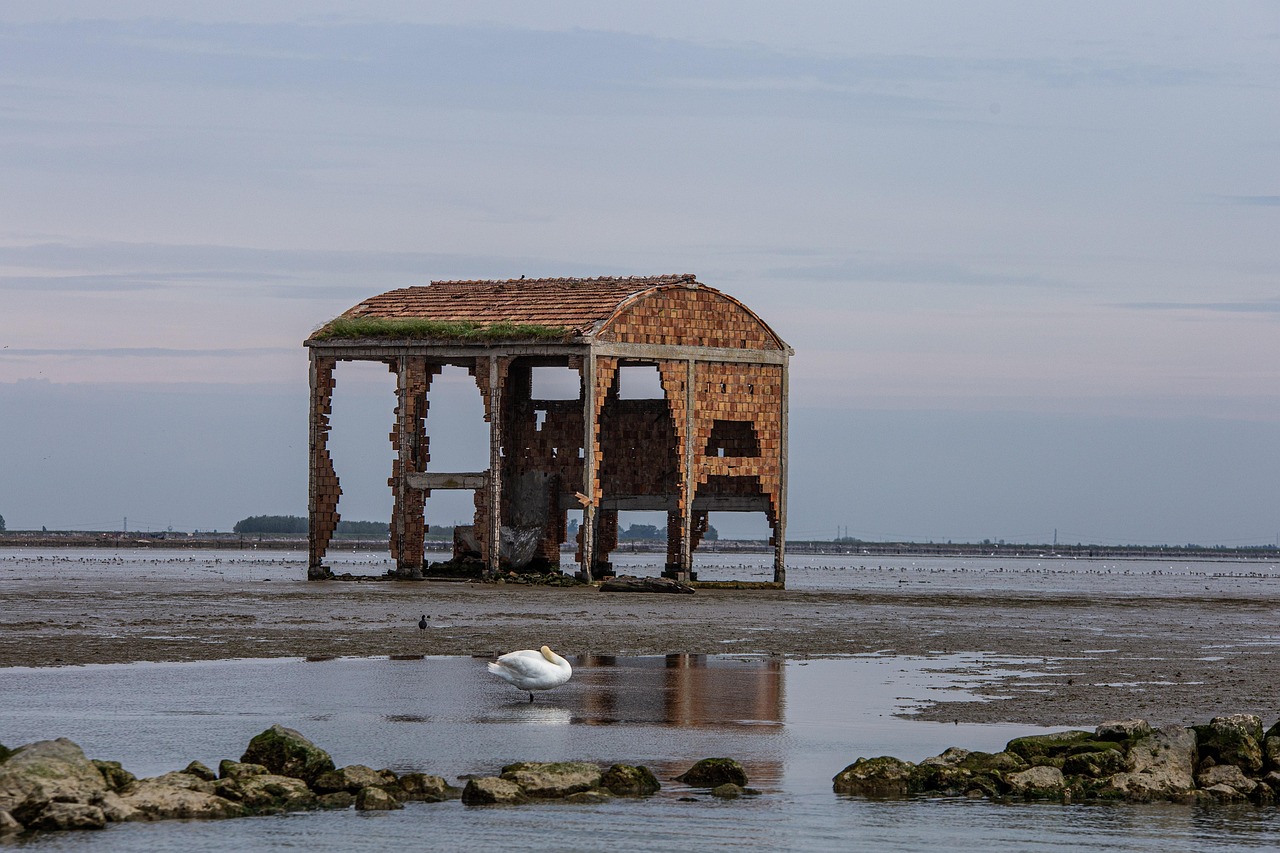
My favorite aspect of the Po Delta is how it changes with each visit – sometimes appearing more aquatic, other times revealing expansive stretches of land. This constant transformation makes the park a photographer’s dream and a nature lover’s paradise. If you’re planning a trip to northern Italy, carving out time to experience this biosphere reserve should be at the top of your list – there’s simply nothing quite like watching the sunset paint the lagoons in gold while birds soar overhead.
The Formation of the Po Delta
The Po Delta represents one of nature’s most remarkable feats of engineering. This unique area formed over thousands of years as the mighty Po River carried earth and sand from the Alps and deposited them where fresh water meets the Adriatic Sea.
Geological History
The story of the Po Delta begins long ago when the Po Valley was actually underwater. As the Alps rose through tectonic activity, the depression between them and the Apennine mountains became a vast basin. Over time, this basin filled with sediment carried down from the mountains.

I’ve always been fascinated by how the Po River has shaped this landscape since the last ice age. When I visited the area, local guides explained that around 7,000 years ago, the shoreline was much further inland than today.
The delta we see now is relatively young in geological terms. Its current formation began taking shape during the Holocene epoch, with significant changes occurring even within recorded human history.
Sediment Transport and Deposition
Walking through the Po Delta today, it’s amazing to think about the massive amounts of sediment that created this landscape. The Po River carries approximately 15 million tons of sediment annually from its Alpine source at Mount Monviso.
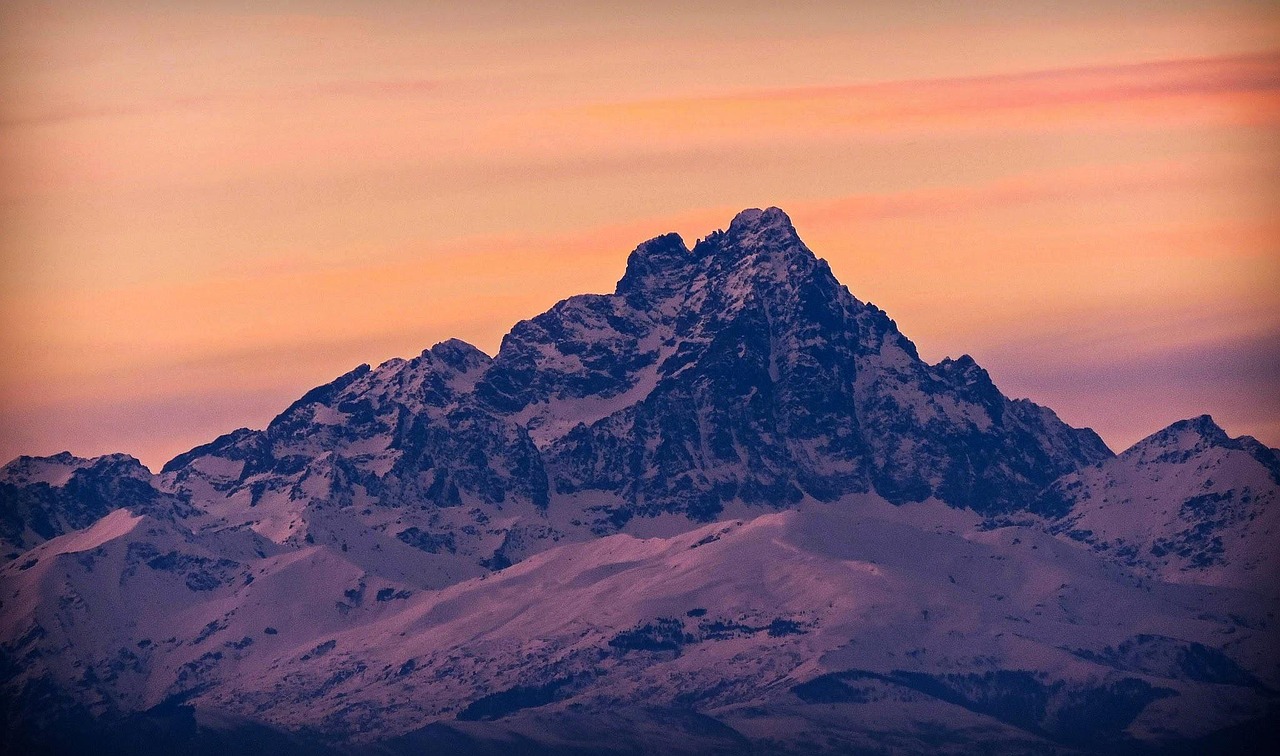
This constant transport of earth and sand has built up the entire territory of Ferrara and surrounding areas. When I explored the region, I noticed the fertile soil that makes this area so productive for agriculture.
The river’s flow slows as it nears the sea, causing sediment to settle and form new land. This process created the characteristic branching pattern of river mouths visible today. Since 1999, this remarkable natural system has gained recognition for its ecological importance.
Human intervention has also played a role. Dikes, channels, and reclamation projects have altered natural sediment flow, affecting how the delta continues to evolve today.
Biodiversity and Natural Habitats
The Po Delta Park stands as one of Italy’s most remarkable biodiversity hotspots, where the meeting of river and sea creates a mosaic of environments unlike anywhere else in Europe. These diverse habitats support an extraordinary range of plant and animal species that have adapted to the unique conditions of this ever-changing landscape.
Diverse Flora: From Forests to Swamps
As I wander through the Po Delta, I’m constantly amazed by the plant diversity that thrives in this intricate ecosystem. The ancient Mesola Woods represent one of the most impressive forested areas, preserving remnants of the primeval woodland that once covered much larger portions of the delta.
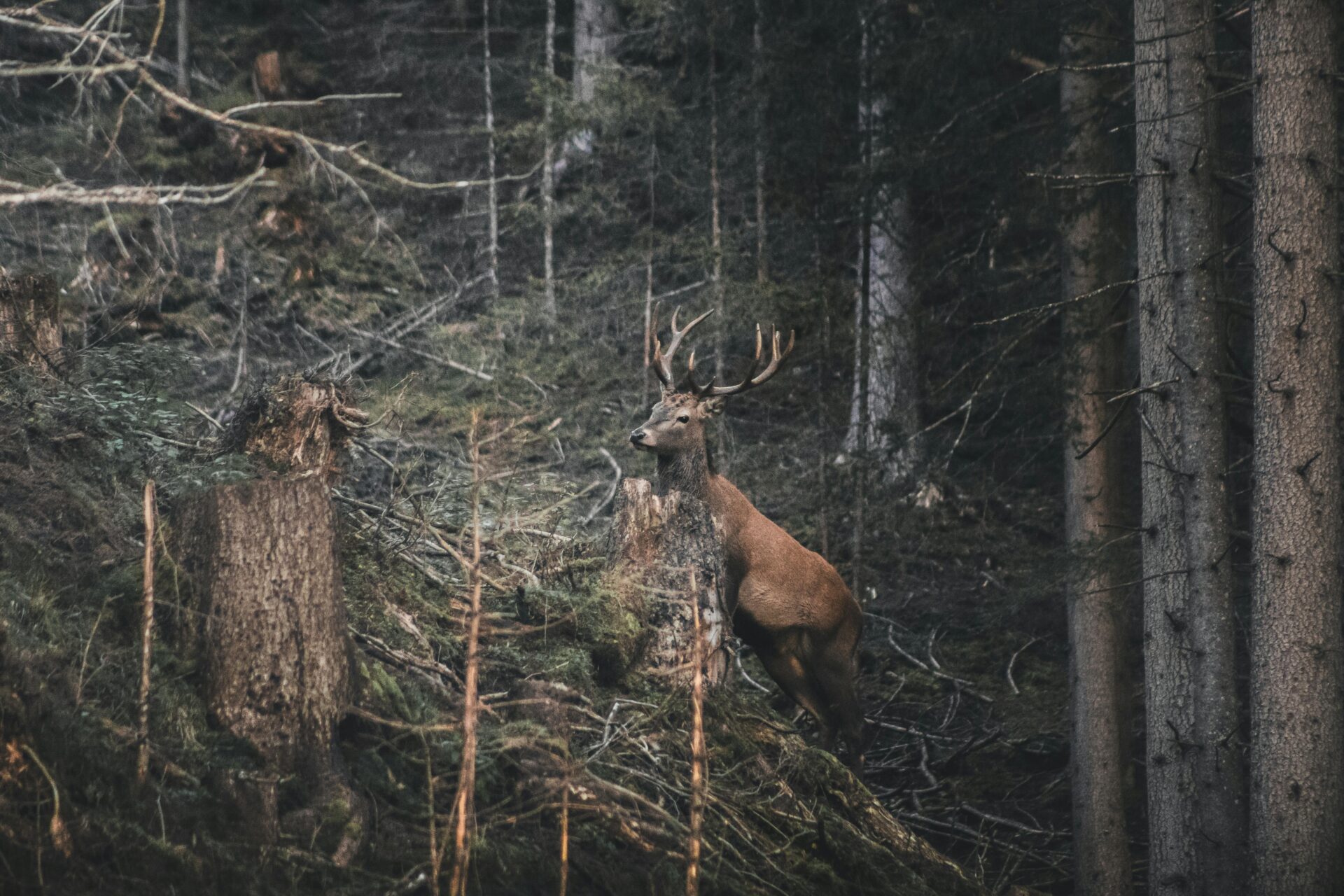
Coastal pinewoods create a striking contrast against the wetlands, while ash trees form atmospheric submerged forests in areas where freshwater meets the brackish environment. These transitions create microhabitats that support specialized plant communities.
Dune and sand plants have evolved remarkable adaptations to survive in the harsh coastal environment. Salt-tolerant species dominate the brackish marshes, creating a tapestry of colors that changes with the seasons. I’ve observed how even slight elevation changes produce dramatically different plant communities.
Unique Fauna: Birds, Fish, and Mammals
The Po Delta’s bird population is what first captured my attention when visiting this extraordinary place. Hundreds of species make their home here, from majestic flamingos wading in shallow lagoons to herons stalking the reed beds with patient precision.
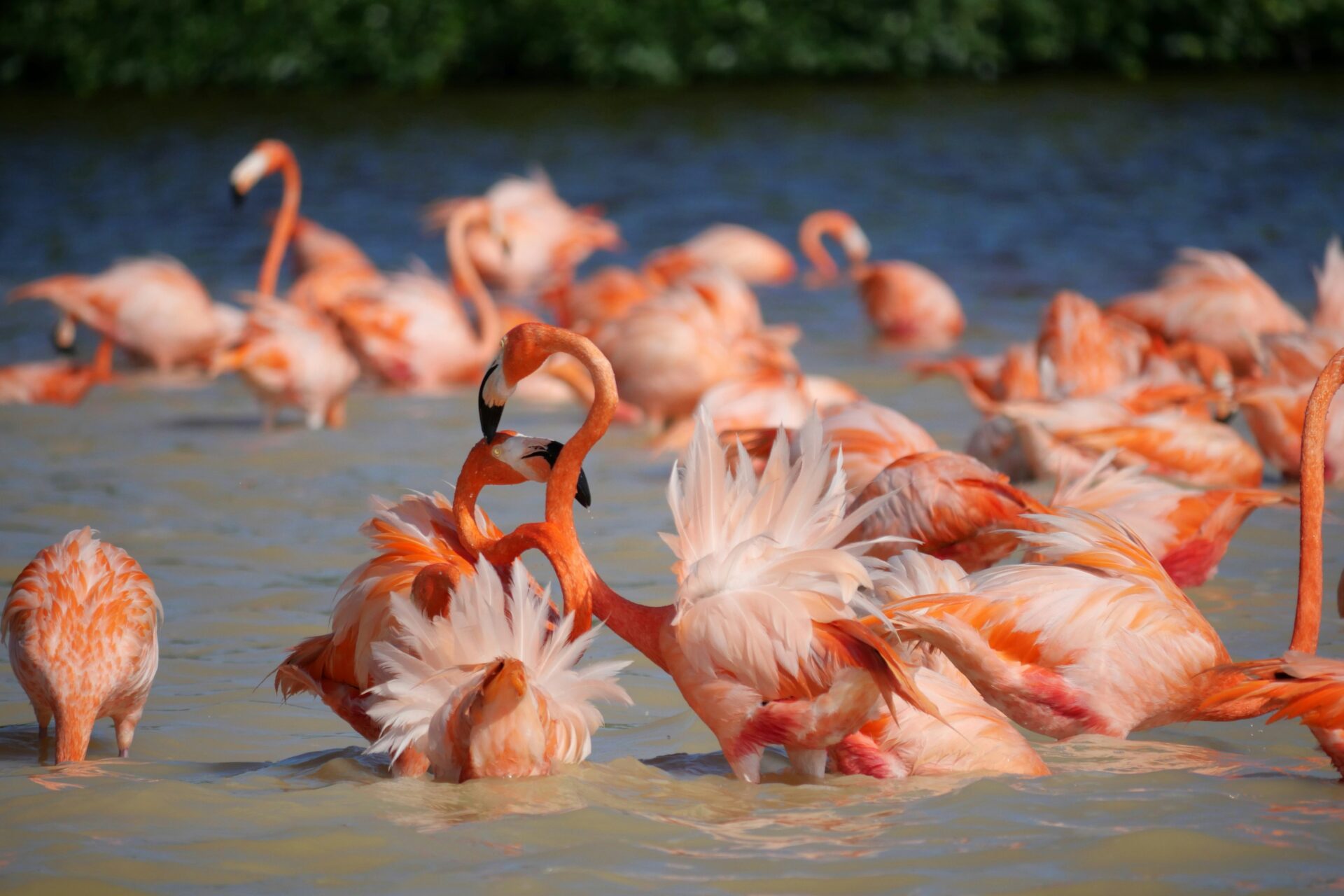
During migration seasons, the park transforms into a crucial stopover for countless birds traveling between Africa and northern Europe. I’ve spent hours in observation blinds watching this spectacular aerial parade.
The waterways support a rich fish population, including both freshwater and marine species that thrive in the delta’s varying salinity levels. Several endemic species have evolved here, perfectly adapted to the specific conditions of these waters.
Mammals like otters, foxes, and wild boars inhabit the less accessible portions of the park. Their presence indicates the health of this ecosystem, completing the food web that makes the Po Delta such a biodiversity treasure.
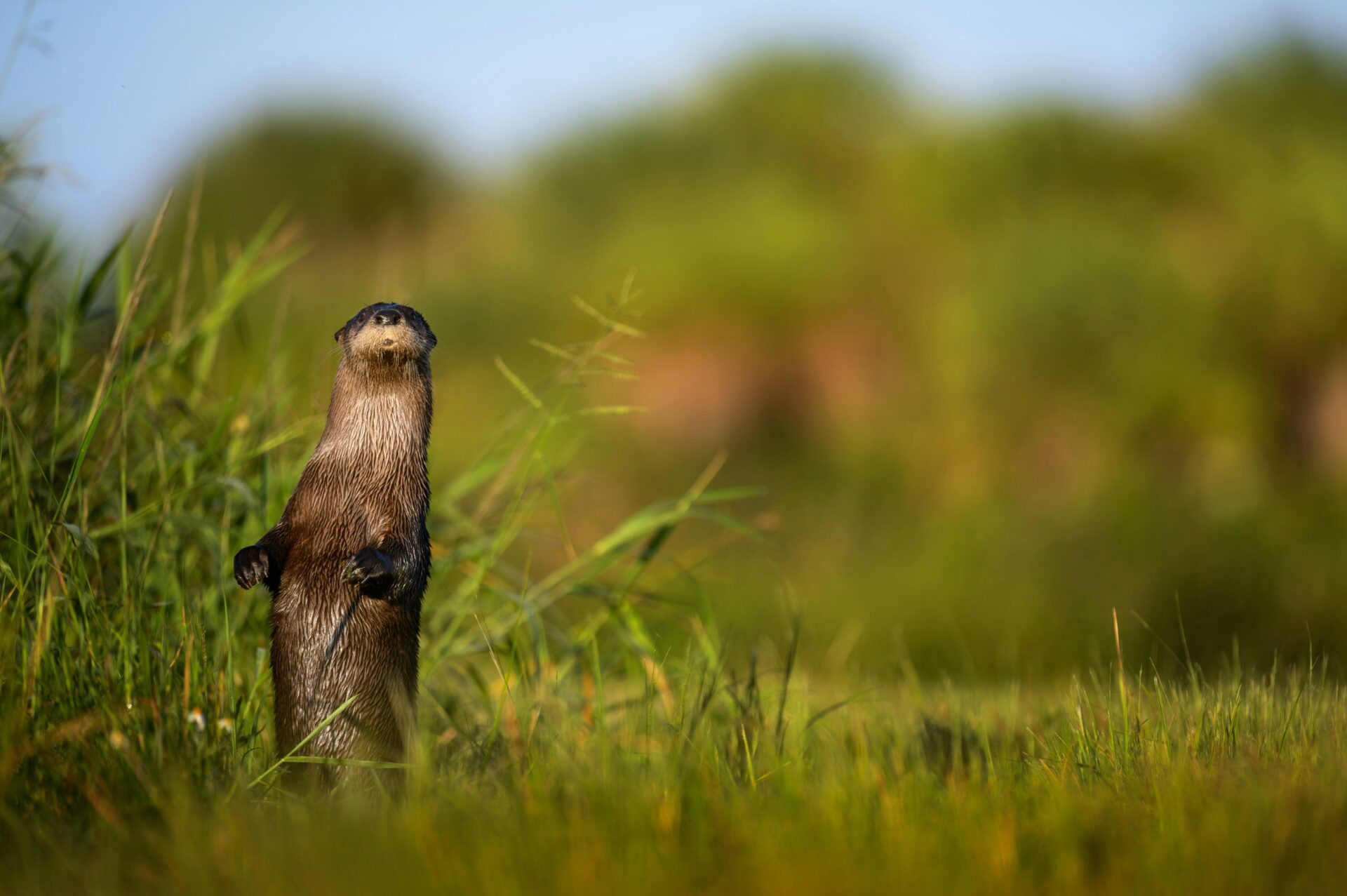
Habitat Types and Their Inhabitants
The wetlands form the heart of the Po Delta’s ecosystem. These shallow, nutrient-rich areas support dense reed beds that provide shelter for nesting birds and nurseries for juvenile fish. I’ve kayaked through these areas, amazed at how the landscape transforms with seasonal water level changes.
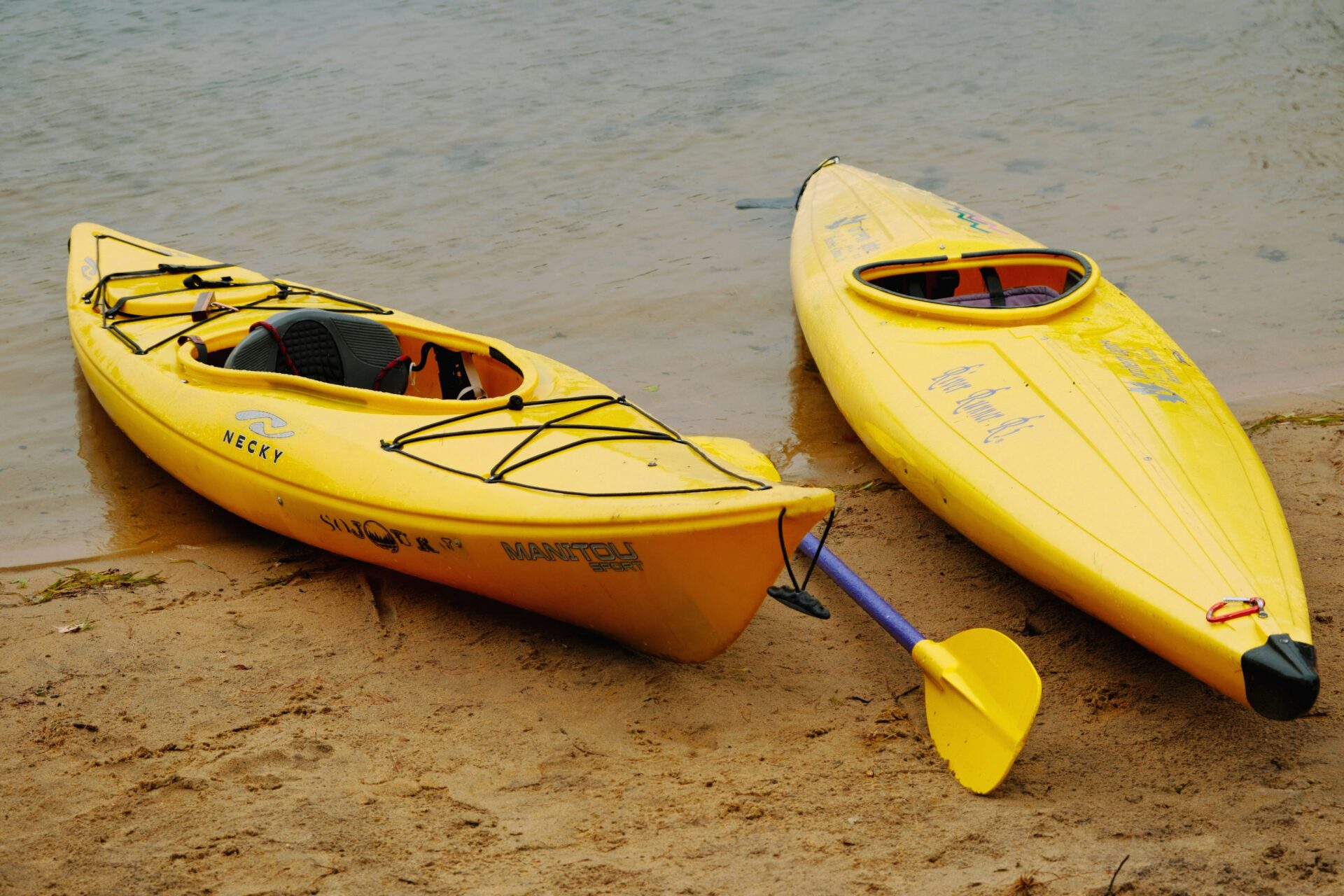
Lagoons with their fluctuating salinity create challenging yet productive environments where specialized species thrive. The interplay between fresh river water and salty Mediterranean creates zones of brackish water that host uniquely adapted communities.
Forests and woodlands provide crucial habitat diversity. The pine forests along the coast protect inland areas from salt spray and erosion, while offering habitat for woodland species. Since UNESCO designated the area as a Biosphere Reserve in 2015, conservation efforts have intensified to preserve these interconnected habitats.
Human Influence and Conservation Efforts
The Po Delta’s landscape reflects centuries of human activities alongside natural processes. People have shaped this unique environment through land reclamation, agriculture, and coastal management while conservation efforts now work to protect its ecological value.
The Role of Urban Planning
Urban planning in the Po Delta has evolved dramatically over the past century. In Emilia-Romagna, planners face the challenge of balancing development with environmental protection. I’ve observed how carefully designed settlements near Ferrara maintain buffer zones between urban areas and sensitive wetlands.
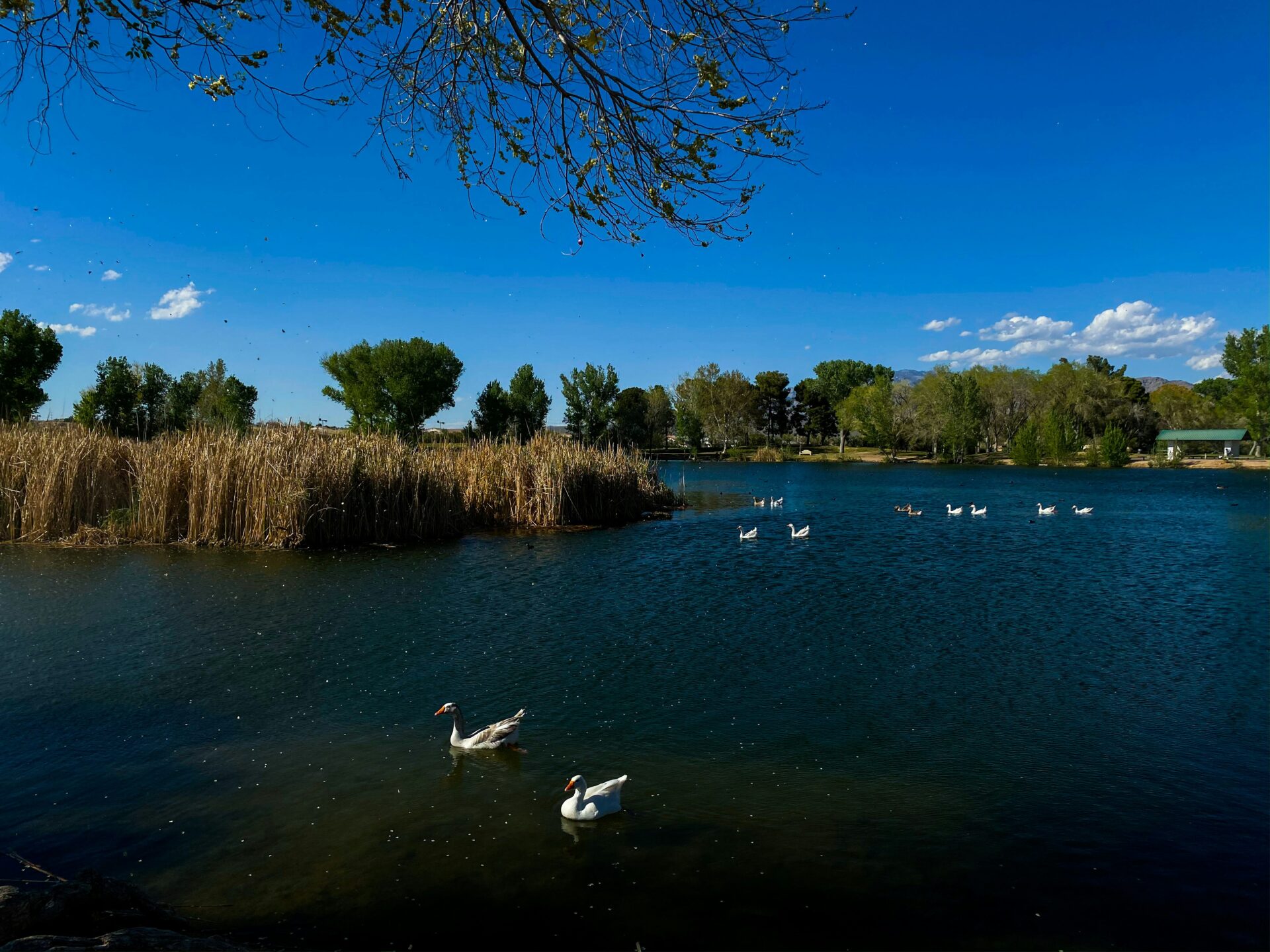
Land reclamation projects have transformed about 18,000 hectares over the last 120 years, converting marshlands into agricultural areas. This history is visible in the geometric field patterns and irrigation channels that now define parts of the landscape.
Bologna’s regional authorities have implemented strict zoning regulations that limit construction in fragile coastal areas. These plans recognize the delta’s importance as both an economic resource and ecological treasure.
Cultural Landscape and Local Traditions
The cultural landscape of the Po Delta tells a story of adaptation to this ever-changing environment. Local fishing traditions date back centuries, with distinctive techniques that work with the rhythms of the lagoons and coastal waters.
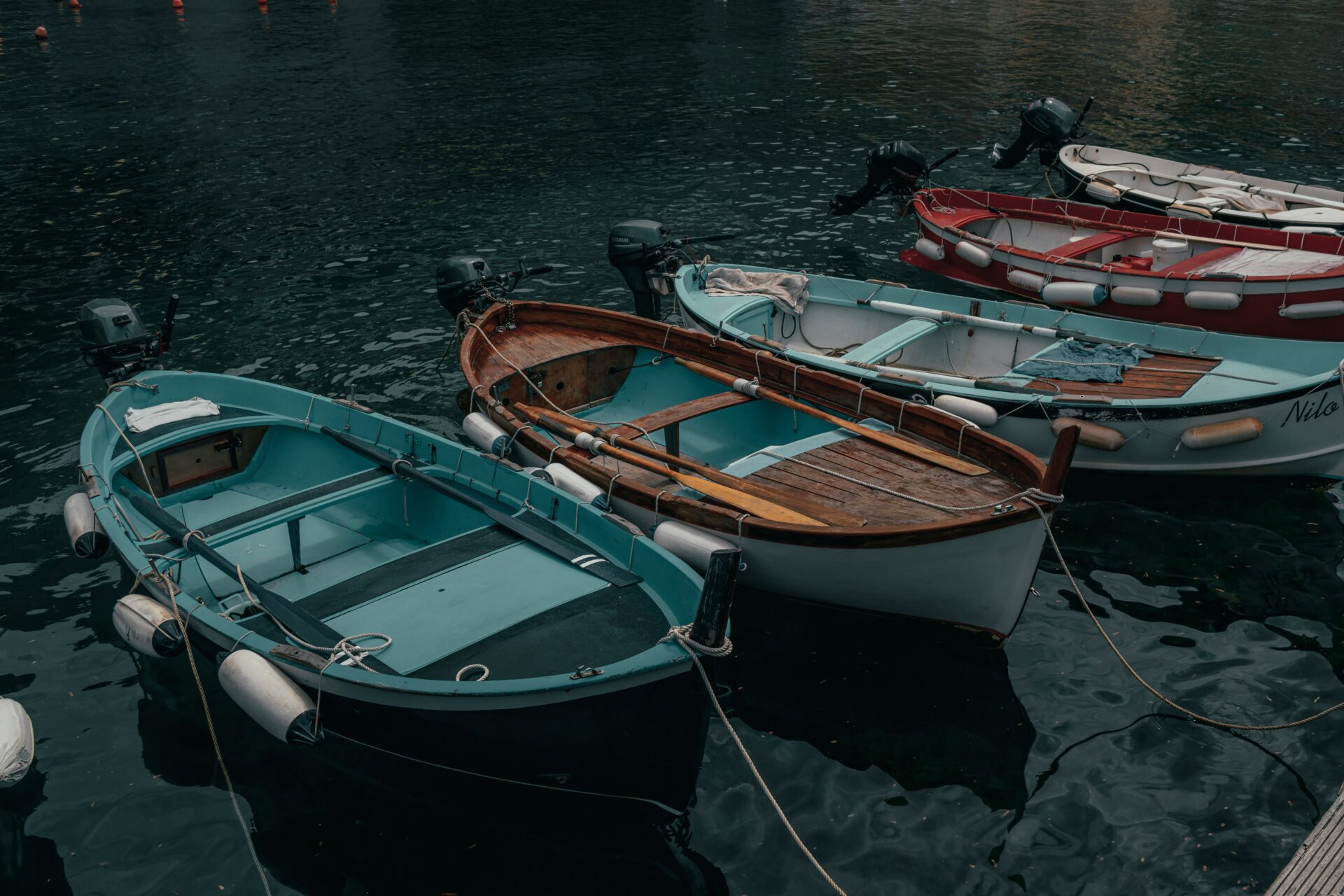
I’ve visited small delta villages where residents maintain unique customs tied to the seasonal cycles of fish and bird migrations. These traditions represent valuable cultural heritage that connects people to place.
The architecture reflects practical adaptations to delta living, with buildings designed to withstand seasonal flooding and make use of local materials. Homes near Ferrara showcase this vernacular style with elevated foundations and strategic orientation.
Agricultural practices have created a mosaic landscape of rice fields, orchards, and pastures that provide both economic support and habitat diversity.
Protected Areas and Regulation
The Po Delta Park now protects this complex ecosystem through a network of regulations and conservation initiatives. I’ve walked through areas where payment for ecosystem services (PES) programs successfully incentivize landowners to maintain natural habitats.
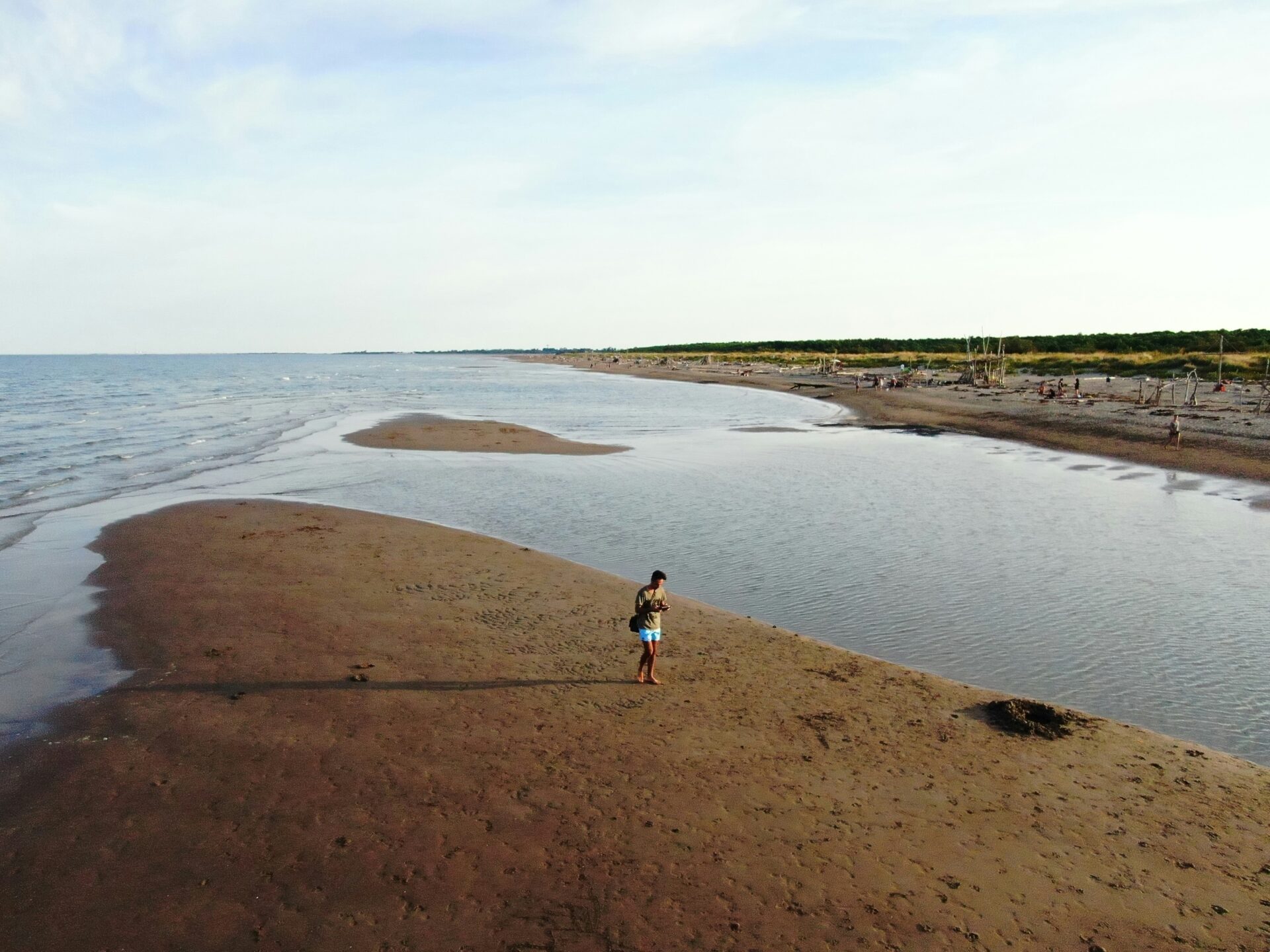
Four successful PES-like schemes operate in the Po River Delta Park of Emilia-Romagna. These innovative approaches reward sustainable management practices that preserve biodiversity while supporting local economies.
A crucial victory for conservation came when offshore drilling proposals were rejected, preserving the integrity of the delta ecosystem. This decision recognized the exceptional value of ecosystem services provided by the remnant forests and wetlands.
The park’s management balances protection across terrestrial, fluvial, and coastal components. This comprehensive approach acknowledges the interconnected nature of delta ecosystems.
Ecological Challenges and Climate Impact
The Po Delta faces significant environmental pressures that threaten its delicate balance between land and sea ecosystems. Rising sea levels, subsidence, and human activities create a perfect storm of challenges for this unique biosphere reserve.
Climate Change Effects on the Delta
Climate change poses perhaps the most serious threat to the Po Delta’s future. During my visits over the years, I’ve witnessed how increasing sea levels gradually encroach upon the fragile coastal wetlands. The delta area suffers from subsidence—the sinking of soil—which compounds the problem of coastal erosion.

Marine heatwaves have become more frequent, damaging not only underwater ecosystems but also affecting terrestrial habitats. I’ve spoken with local fishermen who describe dramatic shifts in fish populations and migration patterns compared to just a decade ago.
Water discharge variations from the Po River have intensified, creating unpredictable flooding events followed by periods of drought. These extremes stress the adaptive capacity of delta species and disrupt the natural rhythms that have sustained this ecosystem for centuries.
Disturbances and Ecological Resilience
Human activities introduce significant disturbances to the delta’s ecosystem. I’ve observed how intensive aquaculture operations change water quality and impact natural species distribution. These operations compete with traditional fishing practices that once supported sustainable livelihoods.
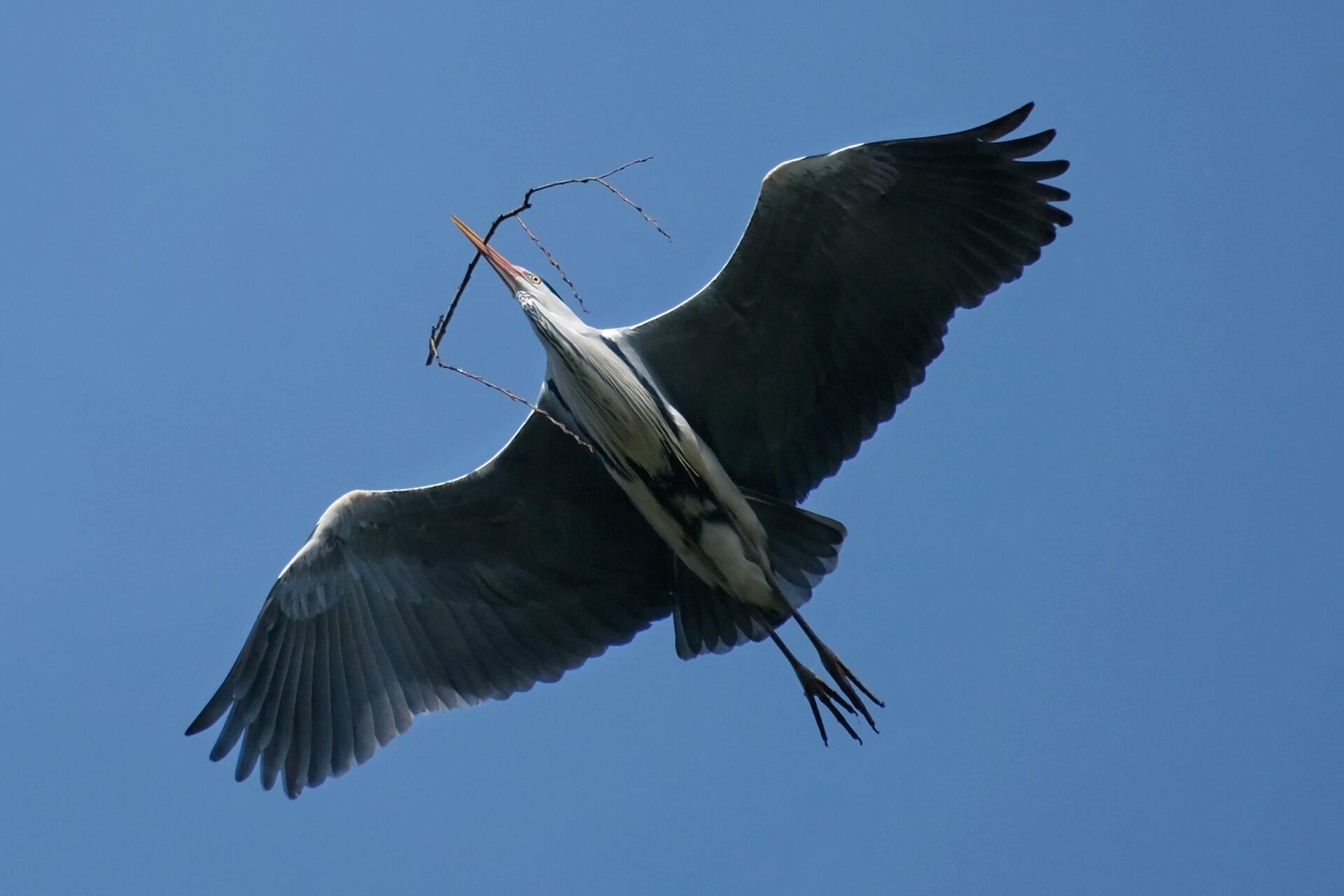
Urbanization continues to encroach on natural habitats, fragmenting the landscape and reducing biodiversity. While walking through the park, I’ve noticed how development creates hard boundaries between wild spaces, limiting wildlife movement and genetic exchange.
Despite these challenges, the delta shows remarkable resilience. Protected areas within the Po Delta Biosphere Reserve provide refuges where natural processes can continue relatively undisturbed. Conservation initiatives focus on maintaining ecological corridors between fragmented habitats to support biodiversity.
The Future of Ecosystem Services
The Po Delta provides valuable ecosystem services that benefit both nature and communities. Clean water filtration, carbon sequestration, and flood protection are among the critical benefits this wetland system offers.
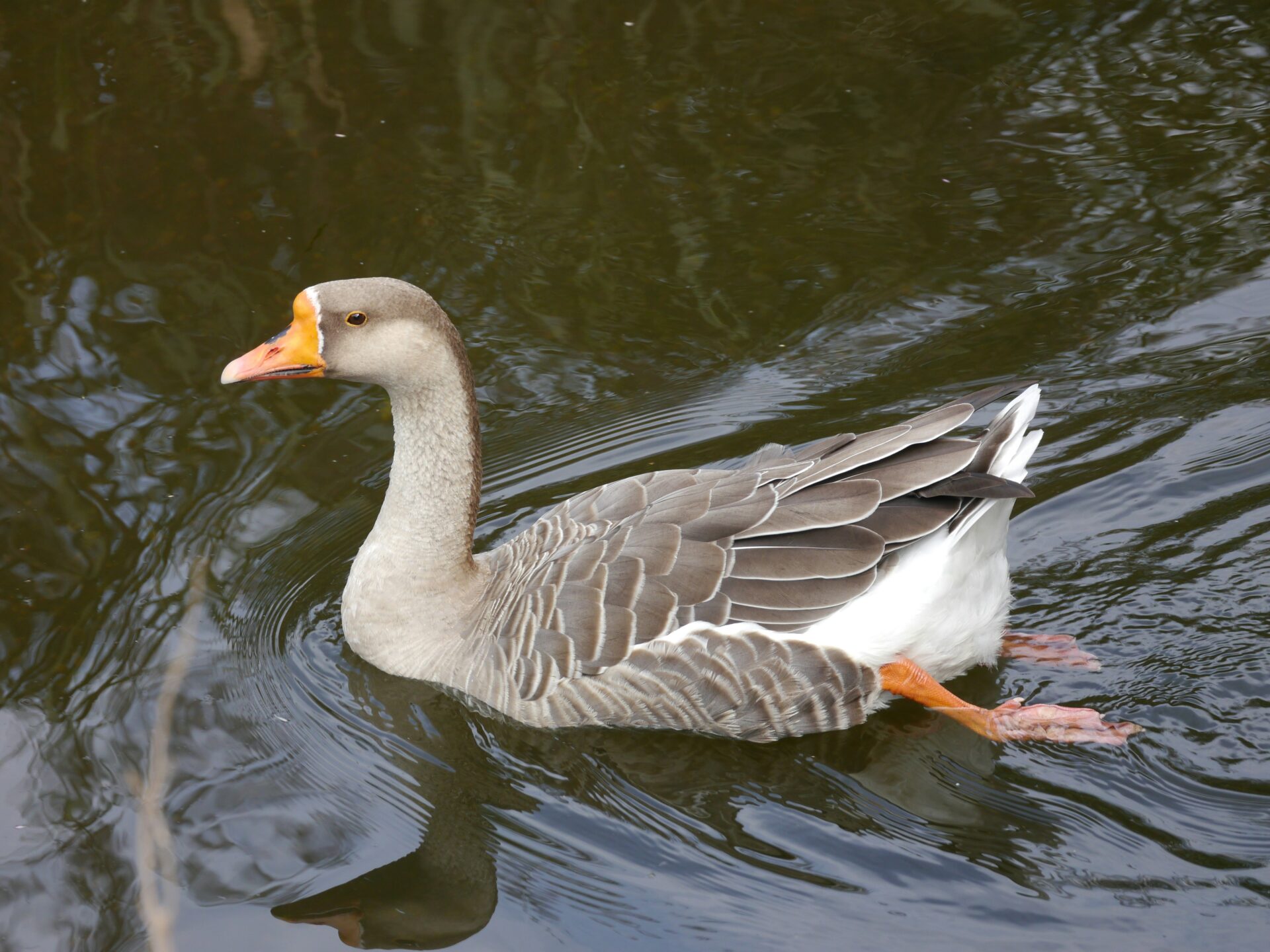
I’ve met with local environmental groups working on selective retreat scenarios—strategic plans that acknowledge some areas may be lost to rising seas while focusing protection efforts on the most viable habitats. This represents a pragmatic approach to conservation in a changing climate.
Tourism presents both opportunity and challenge. While I enjoy guiding visitors through this remarkable landscape, increased visitors can strain sensitive environments. Sustainable ecotourism models being developed aim to balance economic benefits with conservation.
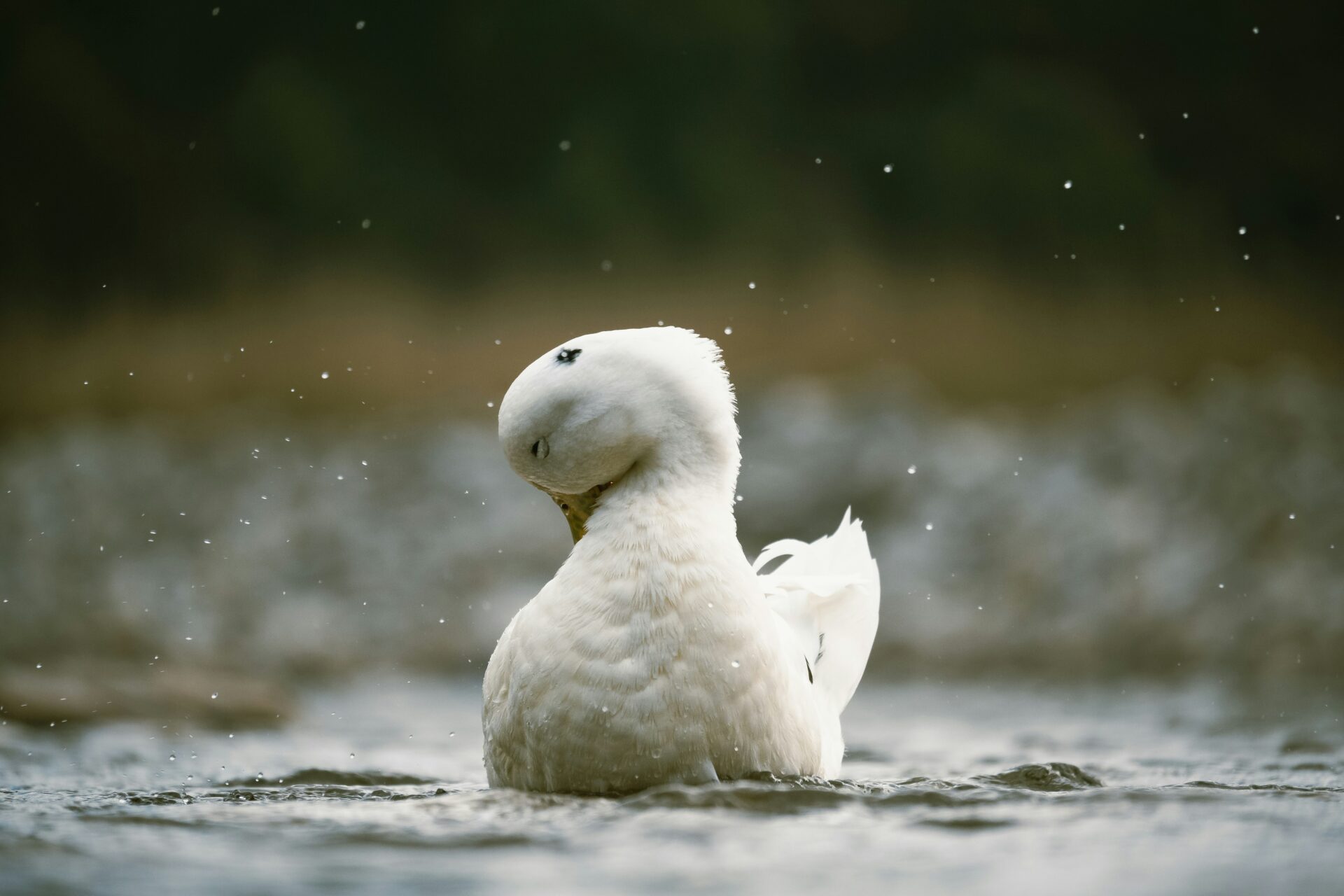
Local initiatives now focus on restoring natural hydrology where possible and preserving traditional land management practices that support biodiversity. These efforts recognize that healthy ecosystems provide the foundation for sustainable economic activities and community resilience.
Explore Po Delta Park: A Traveler’s Guide
The Po Delta Park offers a remarkable blend of natural beauty and cultural heritage that makes every visit unforgettable. Let me share some practical tips and highlights from my experiences exploring this unique ecosystem where land meets sea.
Navigating the Waterways
The best way to experience the Po Delta is by boat. I recommend hiring a local guide who knows the hidden channels and can explain the ecosystem’s delicate balance. Several boat tours depart from Comacchio and Goro, ranging from one-hour excursions to full-day adventures.
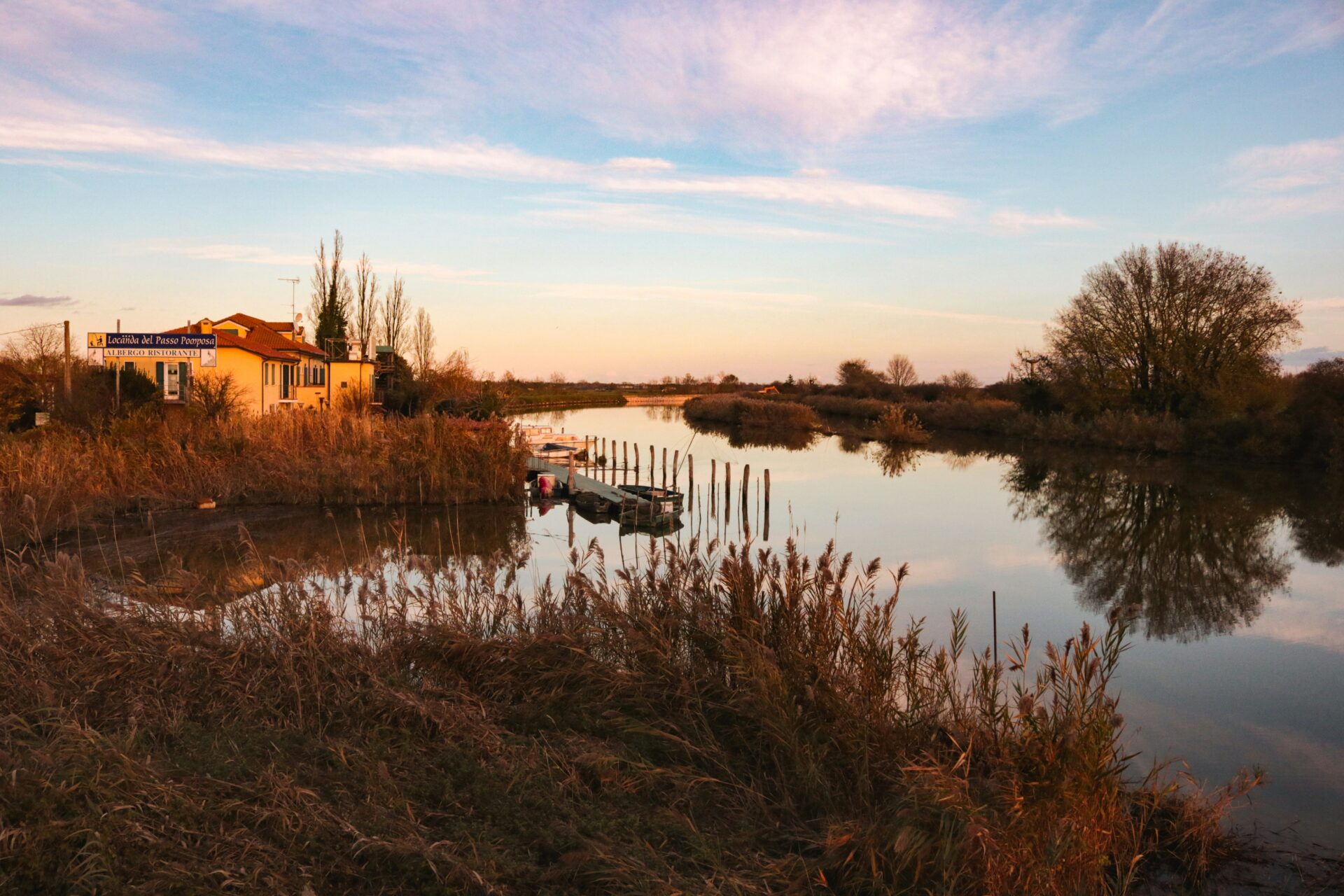
For a more independent experience, rent a kayak or canoe from outfitters in Porto Tolle or Mesola. The shallow waterways are perfect for peaceful paddling, especially in early morning when wildlife is most active.
Cycling paths also wind throughout the park, connecting the various wetlands and villages. My favorite route follows the embankments from Comacchio to the Valli di Comacchio, offering stunning views across the lagoons.
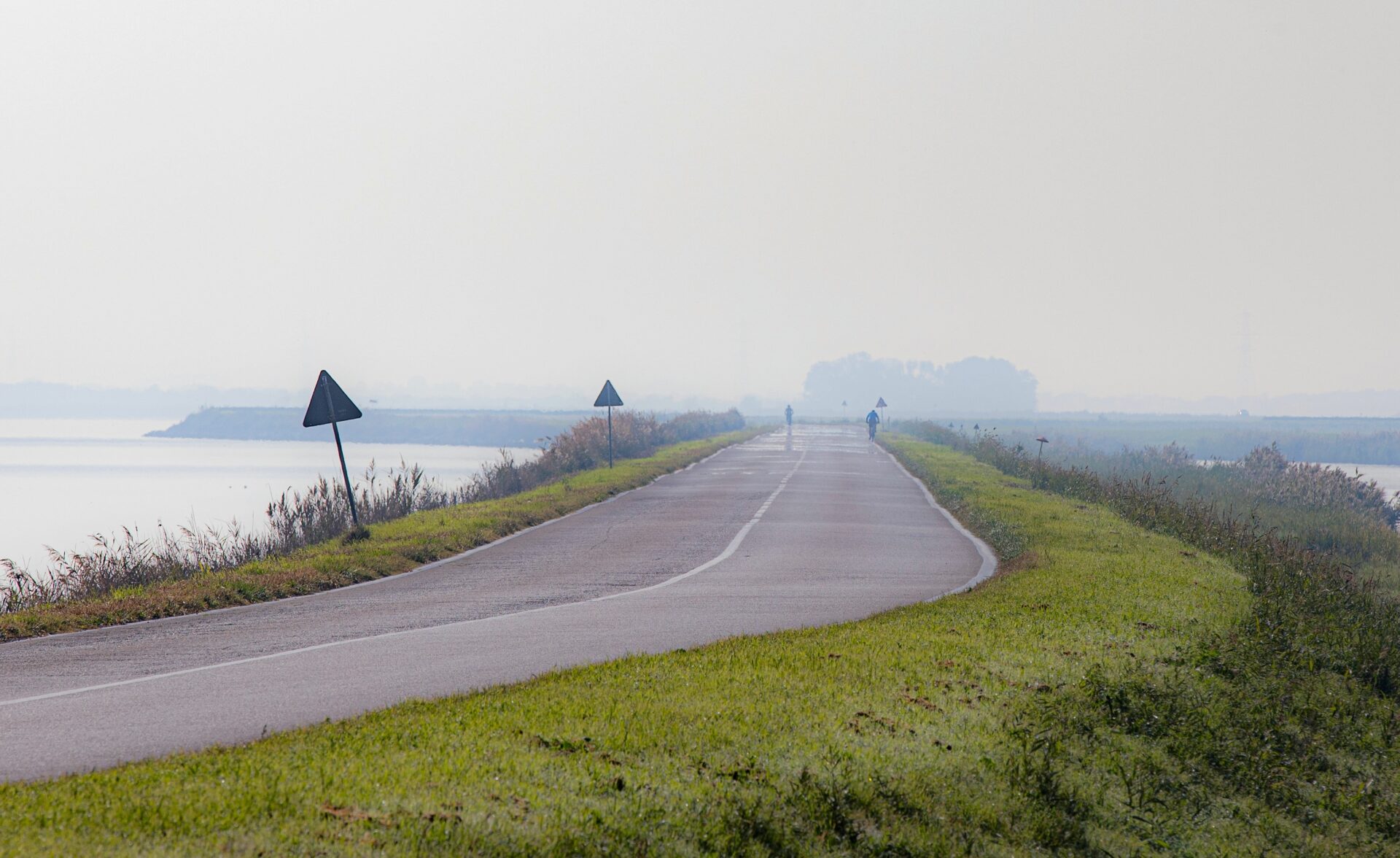
During spring and autumn, the water levels are ideal for exploration, while summer brings vibrant local festivals to many Delta communities.
Wildlife Watching and Photography
The Po Delta hosts more than 300 bird species, making it a paradise for birdwatchers. In the observation hides scattered throughout the park, I’ve watched flamingos, herons, and egrets feed in the shallow waters.
The best spots for wildlife photography are:
- Valli di Comacchio: Perfect for flamingos and wading birds
- Sacca di Goro: Known for cormorants and Mediterranean gulls
- Bosco della Mesola: Home to deer and other woodland creatures
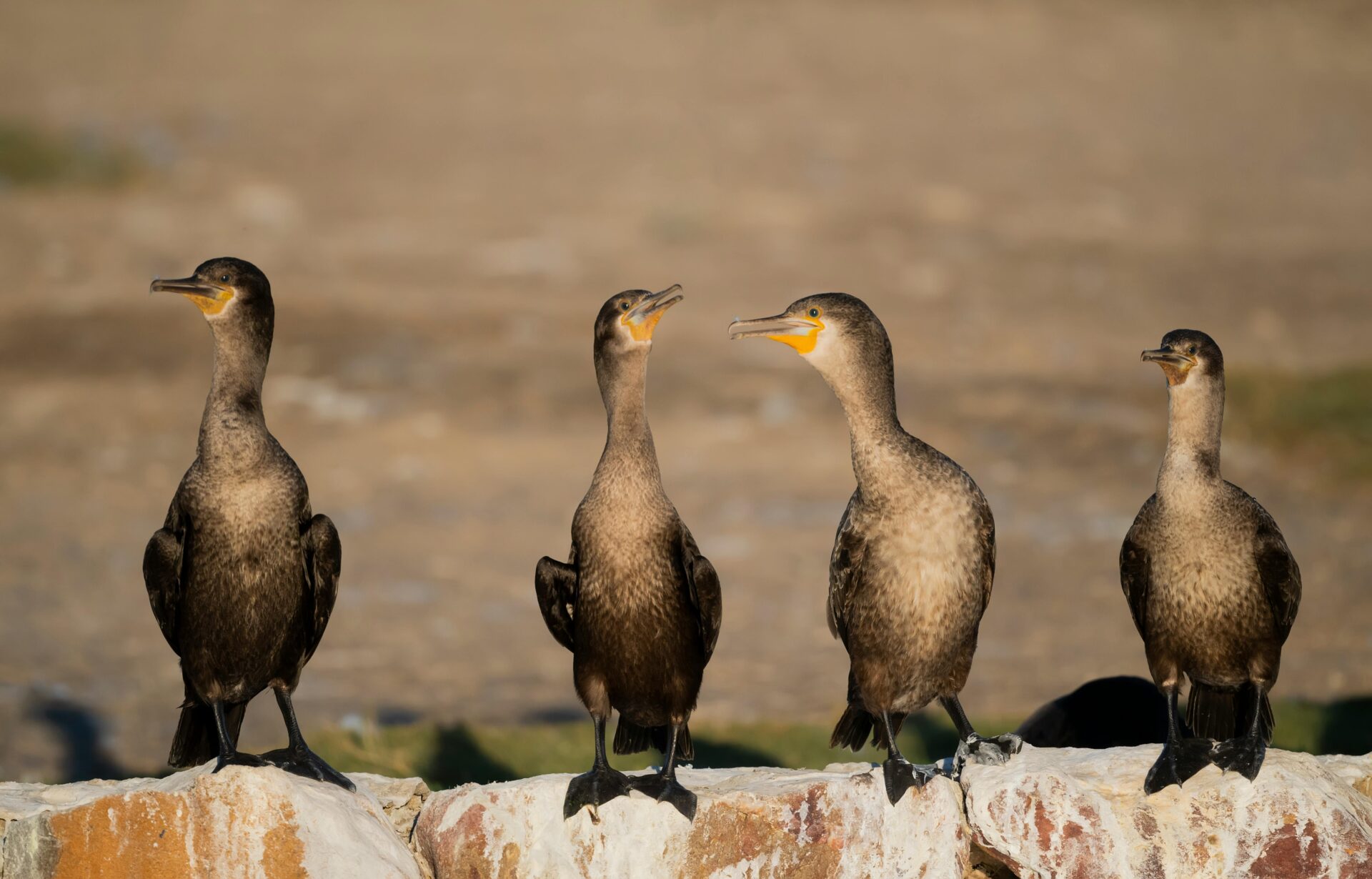
Bring binoculars and a camera with a zoom lens. Early morning and late afternoon offer the best light for photography and increased wildlife activity.
The changing seasons bring different species, with spring migration being particularly spectacular. I’ve watched thousands of birds arrive from Africa.
Cultural and Historical Sites
Beyond its natural wonders, the Po Delta features fascinating cultural landmarks. The fishermen’s villages showcase unique architecture adapted to life between land and water.
Comacchio, often called “Little Venice,” captivated me with its network of canals and bridges. The Ancient Fish Factory, now a museum, tells the story of eel fishing traditions that shaped local identity.
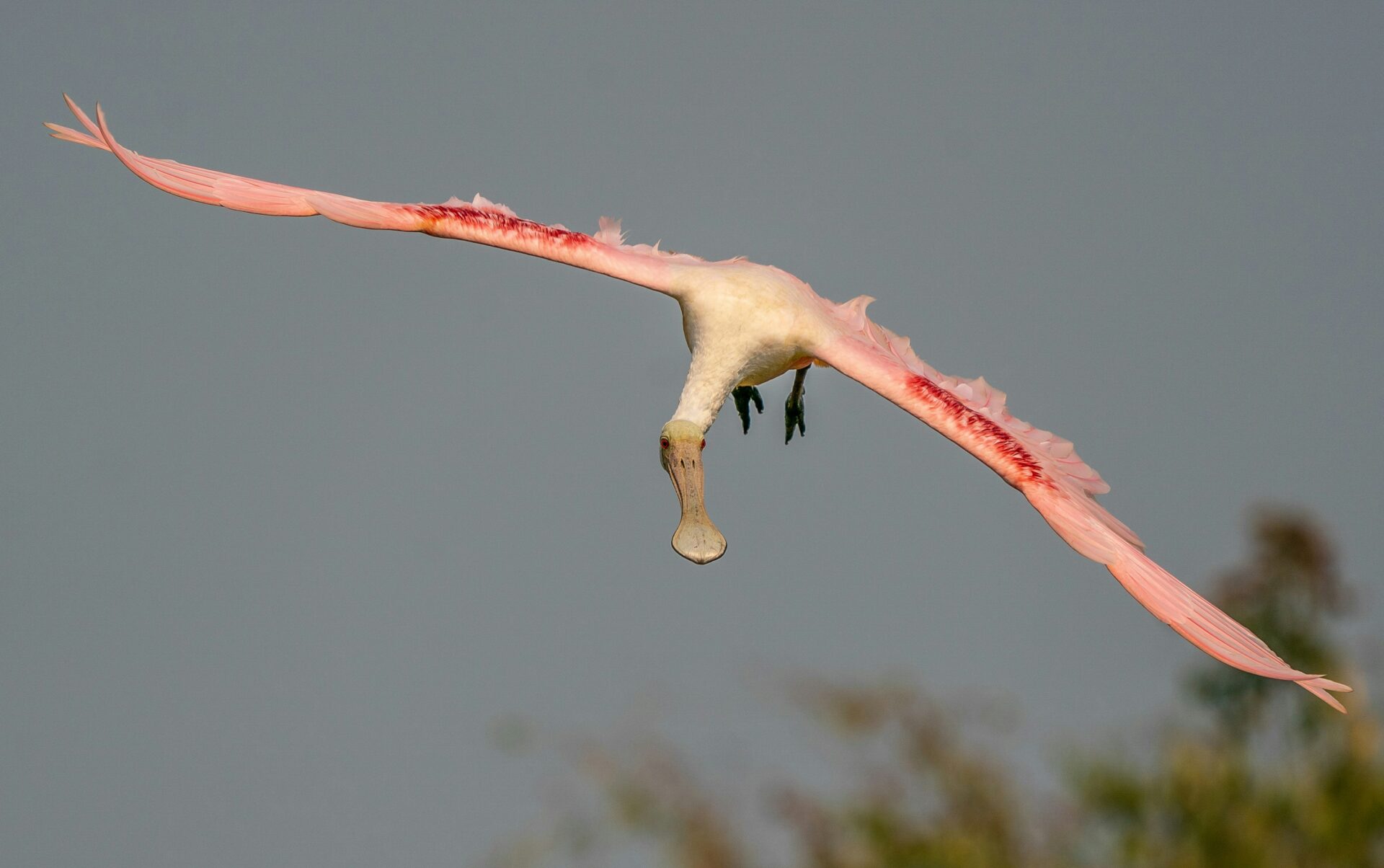
Salt production has influenced this region for centuries. The Salina di Cervia offers guided tours where I learned how this “white gold” transformed the local economy and landscape.
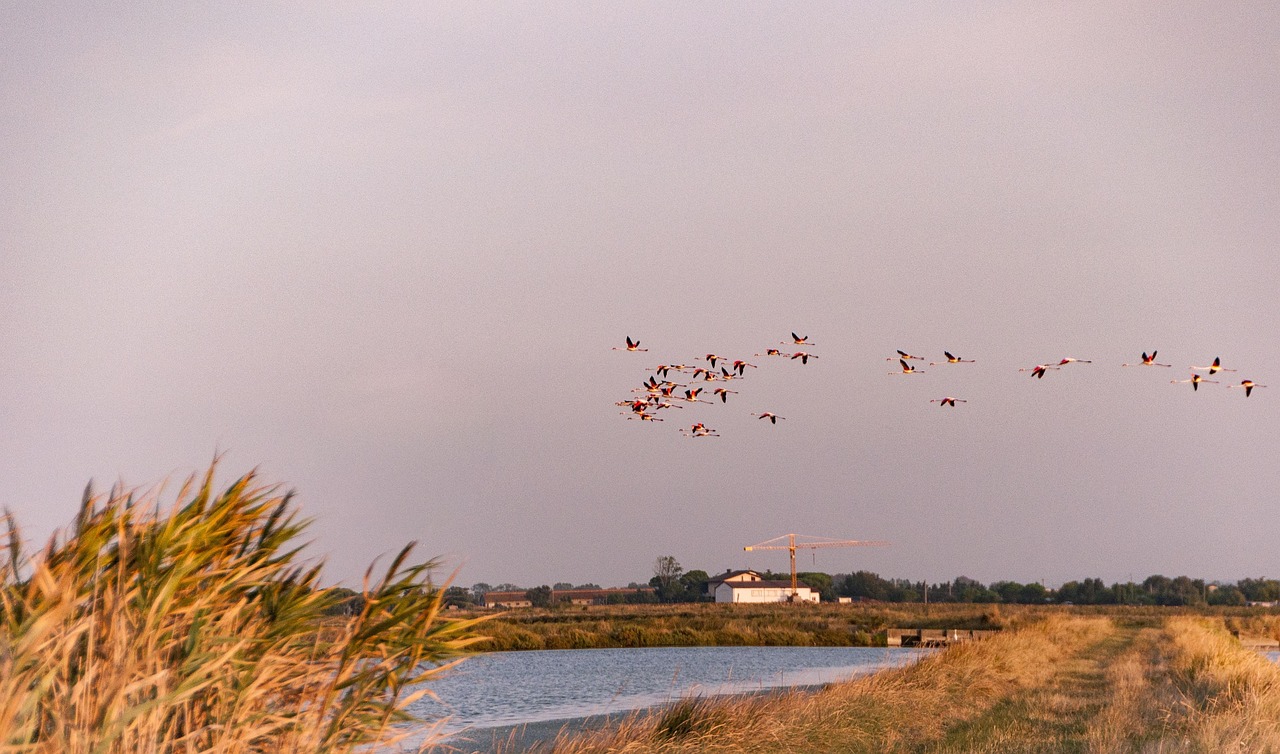
The Abbey of Pomposa represents another cultural highlight with its impressive Byzantine architecture and frescoes. I spent a whole afternoon exploring this 9th-century monastery that once housed one of Europe’s most important scriptoriums.
The Delta’s communities maintain unique traditions. Festivals celebrate the harvest and fishing seasons, providing authentic glimpses into local life.

